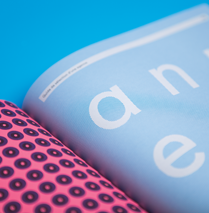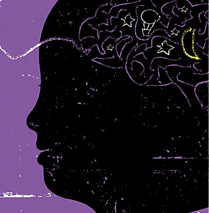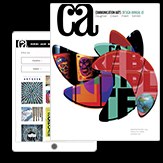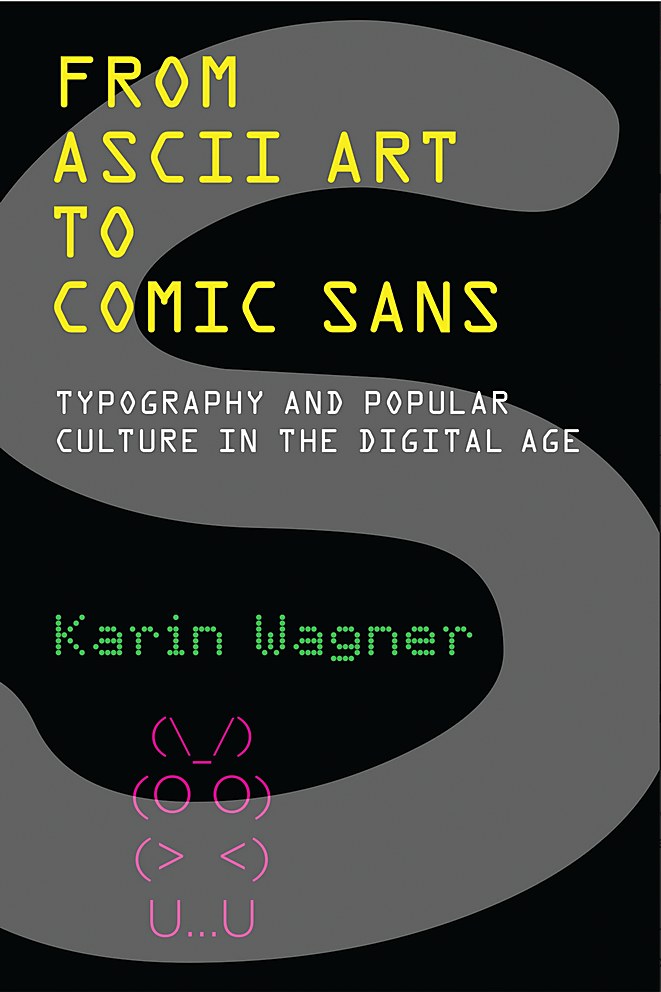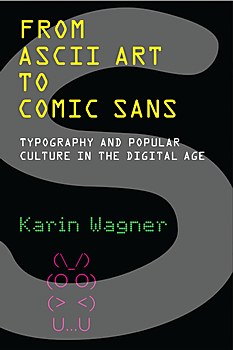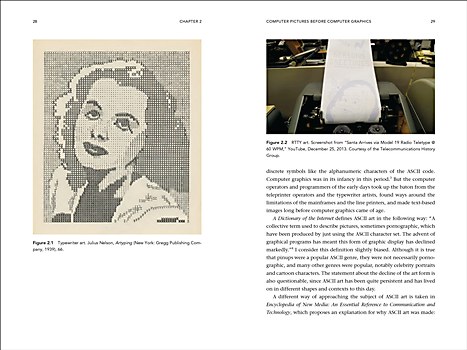By Karin Wagner
256 pages, softcover, $40
Published by MIT Press
mitpress.mit.edu
In this impressive media archeological study, author Karin Wagner studies four phenomena: ASCII art, machine-readable fonts, the dot matrix printer and the controversy around Comic Sans. While they overlap in the areas of typography, popular culture and computing, they have been overlooked or neglected in these disciplines. The book’s through line is how they each stray from typographic traditions to unintended uses, and Wagner has captured people’s feelings and memories toward these objects, as well as their political, social and cultural stakes.
One could not predict how the masses would have misused or misunderstood these practical technologies. ASCII, intended for computers to process numbers and print crude forms of text, became a medium for play and imagemaking. Machine-readable fonts, intended to support the banking industry, became an aesthetic signifier for technology and futurity. The dot matrix printer, a flexible, affordable machine for information workers, became highly associated with its sound and an exploratory medium in musical performances. Comic Sans, intended as the friendly face of software for children, continues to be a controversial typeface that produces visceral reactions. A mere whiff of the font circulating on social media, and the internet is ready to pounce.
Wagner’s contribution fills a major gap between the two worlds of use and misuse. The breadth of sources, from archival photography and film screencaps to font specimens and tweets, are expected of a study of pop culture in the digital age. Wagner provides the depth, weaving these fragments together with sharp analysis and engaging storytelling. —Florence Fu



